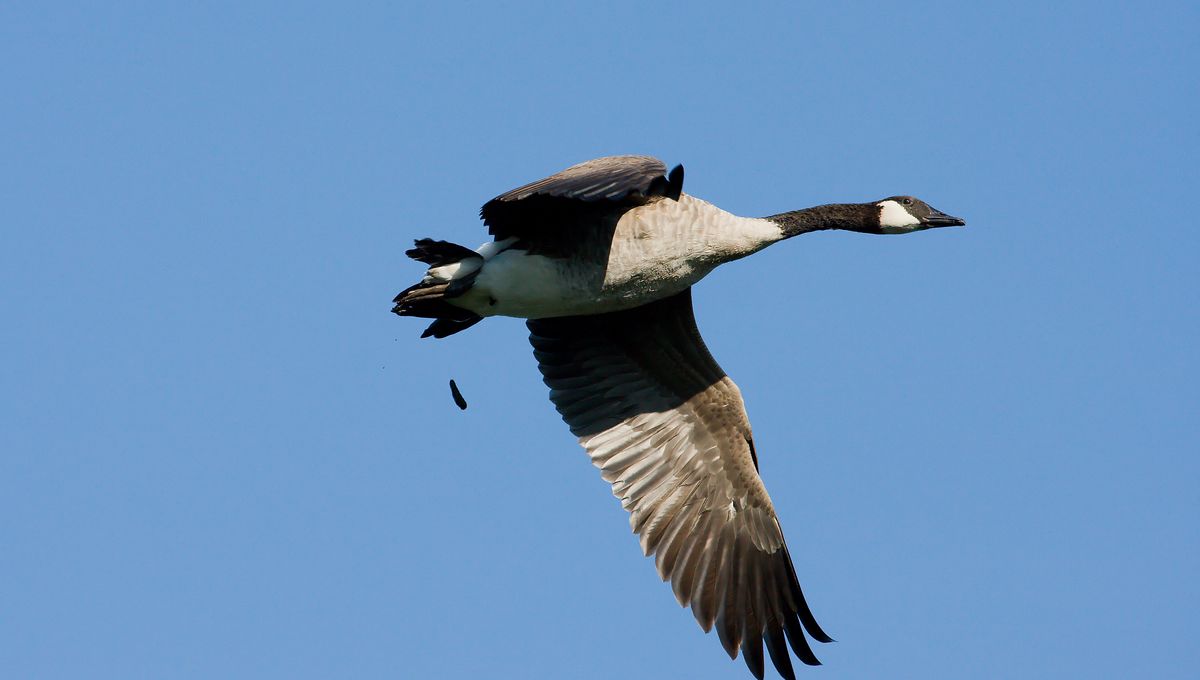
Imagine knowing you’ve already made an important contribution to biomedical research before you’ve even started high school. This is a reality for a young Chicago student who recently found a bacterium that exhibits antibiotic activity and produces a novel compound that slows the growth of human melanoma and ovarian cancer cells in the lab. Where did this startling discovery come from? Well, goose poop of course.
This budding young middle school scientist was part of a community partnership with a local university that engages kids from underrepresented and low-income backgrounds. The team partnered with Boys and Girls Clubs of Chicago, which allowed them to engage with middle schoolers as part of a 14-week applied science program.
Inequality in educational resources, especially for STEM subjects, has often prevented some students from accessing these fields when they’re older. However, a team from the University of Illinois at Chicago, led by Brian Murphy, has established a partnership that engages such groups at an early stage in their educational development. The hope is that, by providing them with a chance to conduct real, high-quality research, these young students will come to see themselves as scientists and explore related careers in the future.
As Murphy’s lab is focused on finding antibiotics from natural sources, the students helped scour their local communities for environmental samples. Before someone suggests this was just a way to outsource sample gathering, the students then followed up on the stages of scientific processing, especially for programming a specialized robot that removes bacterial colonies from growth plates and tests them for antibiotic activity.
“All experiments are performed under the guidance of graduate student or postdoctoral scientist volunteer mentors”, the researchers explain in their study.
“Each student collected 3 samples of their choice from Garfield Park in Chicago, IL. Students pretreated and diluted their samples before plating each one on three different media types [….] While their bacteria incubated, they practiced block programming on LEGO EV3 modules in preparation for robot operation. When their environmental diversity plates exhibited sufficient bacterial growth, students programmed and operated the Hudson Robotics RapidPickMP to pick all distinguishable colonies from their environmental diversity plates and transfer them onto dual-sided agar plate assay (DAPA) bioassay plates.”
During their search, one student returned with a sample of goose poop that contained a strain of bacteria called Pseudomonas idahonensis – a species that had previously been isolated from rainbow trout in Idaho (idahonensis means “from Idaho). The student, Camarria Williams, and Jonathon Rodriguez, Technology Program Manager at Boys and Girls Clubs of Chicago, are listed as co-authors of the paper
It was concluded that this bacterium had antibiotic activity and even produced a completely new-to-science compound. Using nuclear magnetic resonance (NMR) and mass spectrometry, the university researchers were able to determine that orfamide N was not actually responsible for the antibiotic activity observed before. However, the compound did hinder the growth of human melanoma and ovarian cancer cells when it was tested in the laboratory.
It is believed that further testing could reveal additional advantageous properties of this new molecule.
This project demonstrates that it is possible to combine educational outreach with natural product discovery research while also showing how important it is to develop strong relationships between universities and local communities. In particular, it offers typically under-represented students a chance to be scientists themselves and to make incredible discoveries like this!
Guess we should also thank the goose for providing its poop as well.
The study is published in the journal ACS Omega.
Source Link: Middle School Student Makes Important Biomedical Discovery In Goose Poop